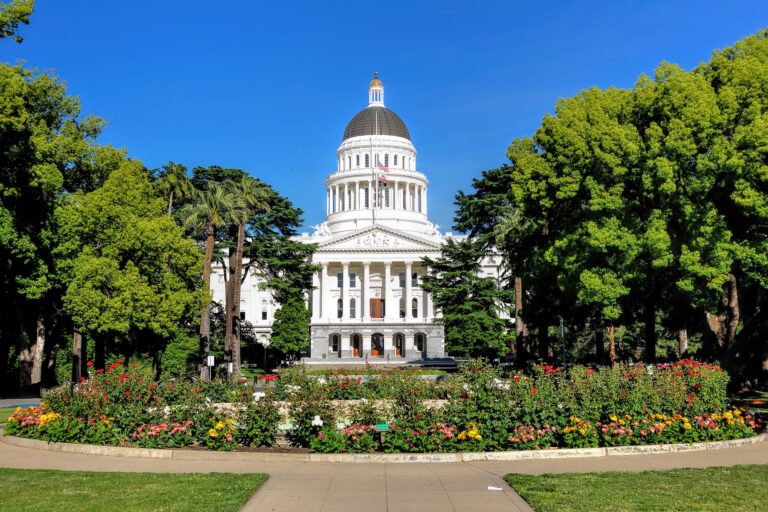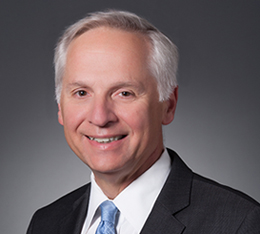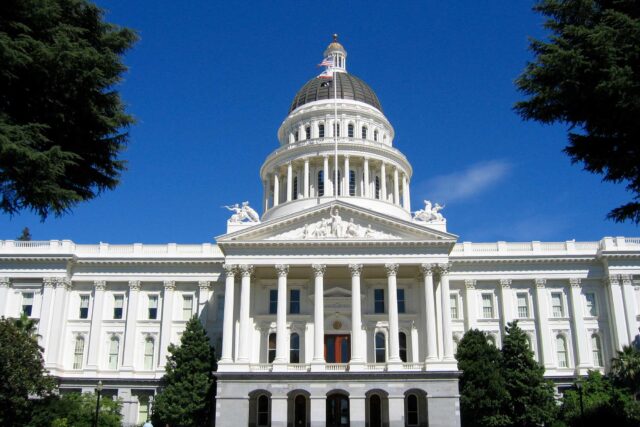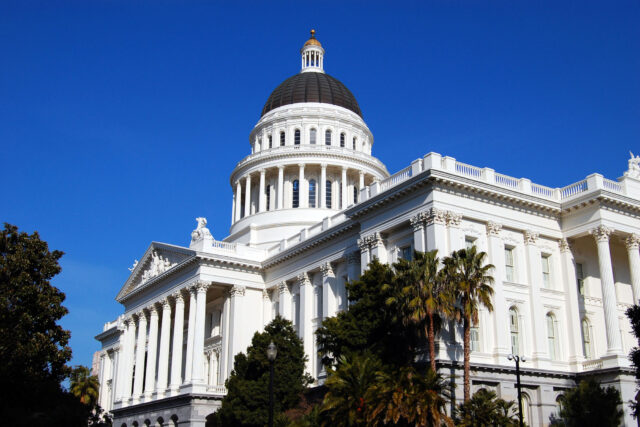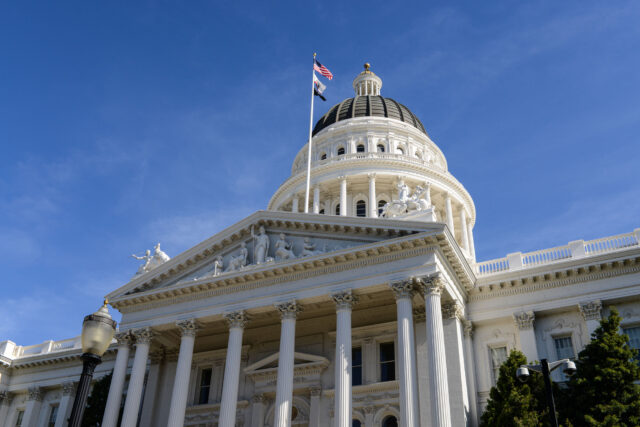In the wake of the failed effort to remove Governor Gavin Newsom from office last September (62% voted no), the bipartisan Little Hoover Commission held public hearings on improving the recall election process. Their report, issued in February, includes four recommendations that require voter approval in a state election because each one involves changing the California Constitution. In the March PPIC survey, we tested voters’ initial reactions to these recommendations. We also asked voters if they want to determine the fate of these recommendations this year. While support for these changes is tepid, most Californians favor a vote on recall reforms on the 2022 ballot. Here, we review the poll findings and this public opinion paradox.
The signature requirement. One of the proposed recall election reforms would change the signature requirement—that is, the number of voters needed to sign a petition that qualifies a recall for the ballot. This reform would change this number from 12% of the total votes cast in the previous election for that office to 10% of all registered voters in California. For context, in last year’s governor’s recall, 1.5 million signatures were needed to qualify for the ballot; under the reform this would have been 2.1 million.
Why this change? In part, proponents noted that California has a lower vote threshold for qualifying recall elections compared to some other states.
Today, 46% of likely voters would vote yes on this change. Partisan groups are deeply divided in their support (56% Democrats, 36% Republicans, 39% independents). Fewer than half would vote yes on this change in every region except for the San Francisco Bay Area (53%).
The replacement process. Currently, if a majority votes yes on part one of the recall ballot, the governor is removed from office and the candidate who receives the most votes on part two of the ballot assumes the governor’s office. One of the recommendations would eliminate the two-part ballot and treat the recall as a snap election with the officeholder subject to the recall automatically placed on the same ballot with the potential replacement candidates. Why this change? Some view the two-part ballot as undemocratic since a candidate on part two could receive fewer votes in the recall than the recalled official received in their initial election—thus gaining office with less popular support.
Today, 42% would vote yes on this change, and majority support falls short across partisan groups (36% Democrats, 49% Republicans, 44% independents). Fewer than half in every region would vote yes on this ballot change, with the exception of the Inland Empire (52%).
Extending the timeframe. Currently, the timeframe for conducting recall elections is 60 to 90 days. One of the recommendations is to extend the time to no less than 88 days to no more than 125 days. Why this change? Some county elections officials said that they were under great time pressure to administer the special statewide election in September 2021. Today, 44% would vote yes on this change, and partisan groups are divided (51% Republicans, 41% Democrats, 39% independents). Support for this election process change is below 50% and varies across the state’s regions (37% San Francisco Bay Area, 44% Orange/San Diego, 44% Los Angeles, 46% Inland Empire, 47% Central Valley).
Limiting the timeframe. Currently, recall proponents can file papers to begin the process at any time during an official’s tenure. One of the recommendations is to prohibit the initiation of recall proceedings against state officeholders during the first 90 days and the last six months of their term in office. Why this change? Some believe that a special election to remove an officeholder is not really needed if it is close to a recent regular election or to one that will be happening soon.
Today, 48% would vote yes on this change, and partisans are divided (56% Democrats, 41% Republicans, 44% independents). Support for this change varies across the state’s regions (43% Los Angeles, 44% Orange/San Diego, 47% Inland Empire, 50% San Francisco Bay Area, 54% Central Valley).
Propositions on the 2022 ballot. Surprisingly, after showing limited enthusiasm for each of the proposed changes, 59% say they favor having the legislature refer all of them to the voters as separate propositions on the 2022 ballot. About half or more across partisan groups are in favor (64% Democrats, 62% Republicans, 49% independents). About half or more in every region and demographic group are also in favor. Overwhelming majorities who would vote yes on each of the recall reforms, and roughly half of those who would vote no, are in favor of 2022 ballot propositions.
Why is there more support for voting on election reforms than for any one of the four reforms themselves? In PPIC surveys, Californians consistently say they value their ability to make policy changes at the ballot box, while also complaining about too many propositions on the ballot and confusion about proposition wording. In the November PPIC survey, 86% of California likely voters said that having a way to recall the state’s elected officials is a “good thing.” In this particular instance, Californians want to have the final say on changing the recall—one of the three cornerstones of the 111-year old direct democracy system in California. Whether they say yes or no, voters want the opportunity to be the ultimate decision makers.
While the initial reaction to the four recommendations by the Little Hoover Commission is lukewarm, voters’ opinions may shift if the legislature chooses to place these four propositions on the 2022 ballot. If there is widespread consensus in the legislative vote for these four propositions, voters will be more confident that they are supporting reforms that are devoid of partisan interests. Moreover, having constitutional measures on the ballot may offer a rare opening for independent citizens’ panels to weigh in on the tradeoffs and spark public debate. In the context of a national midterm election that will be highly divisive, it may be a welcome relief for voters to decide on what is best for the future of California democracy.

